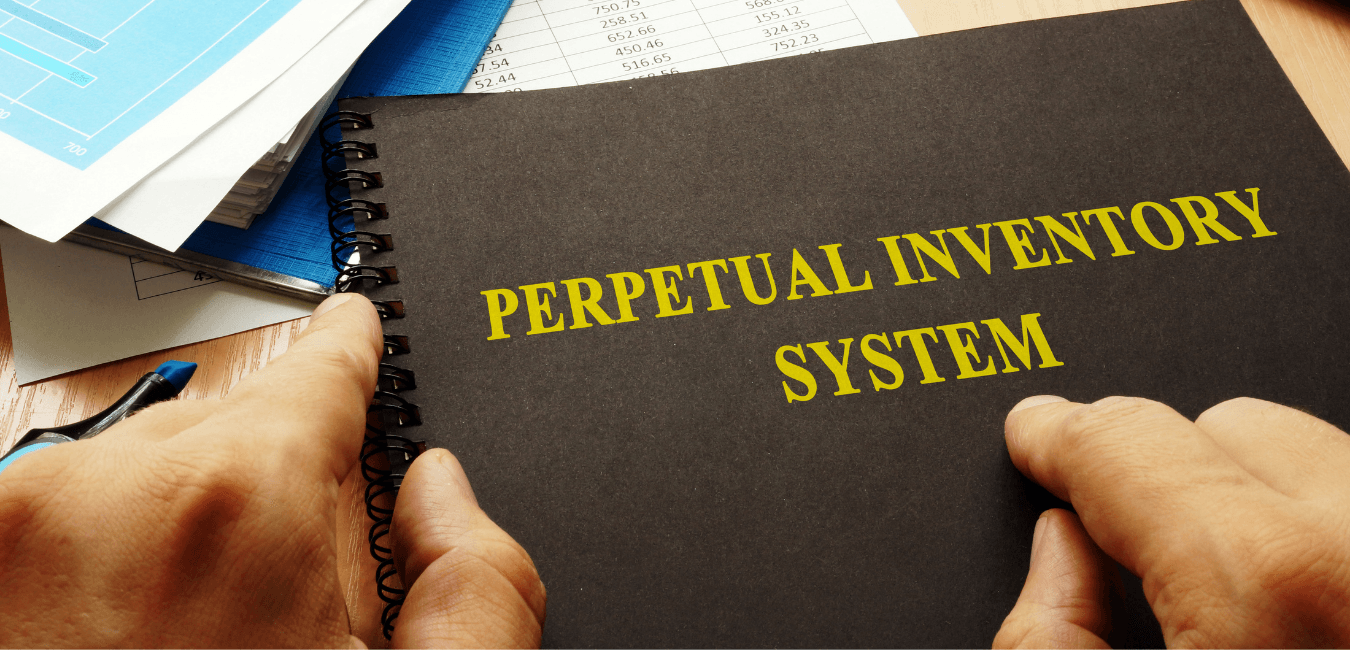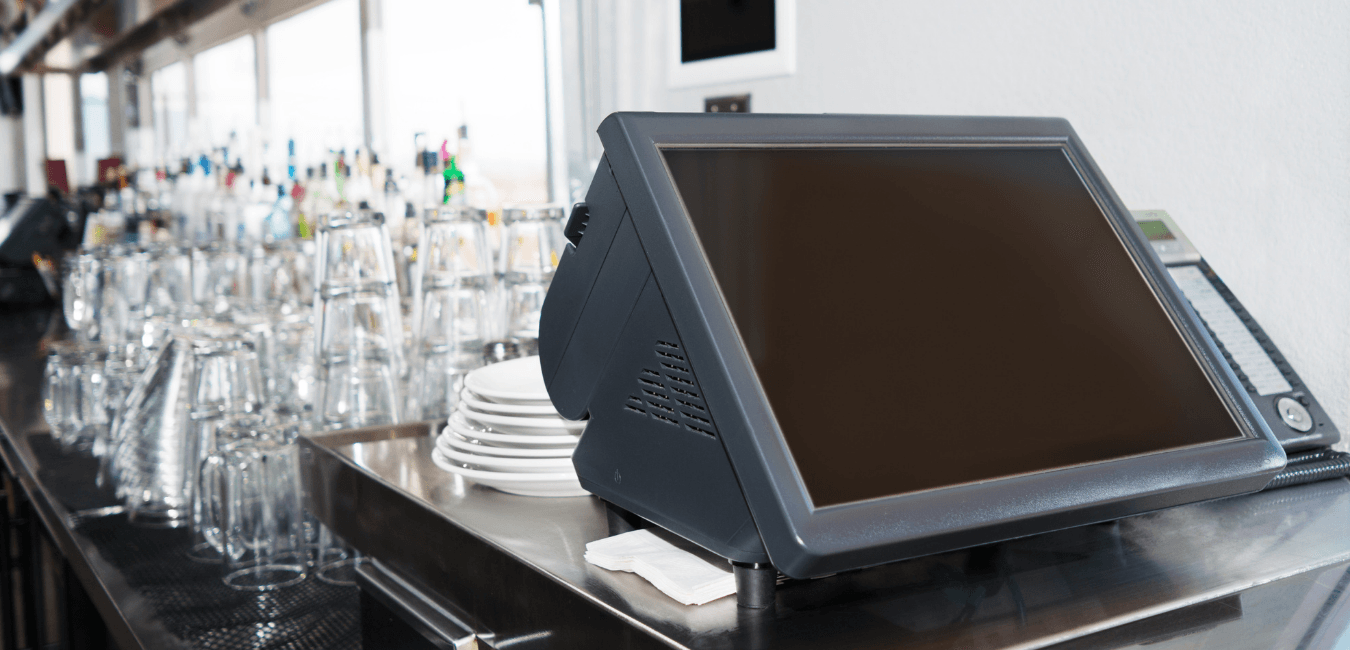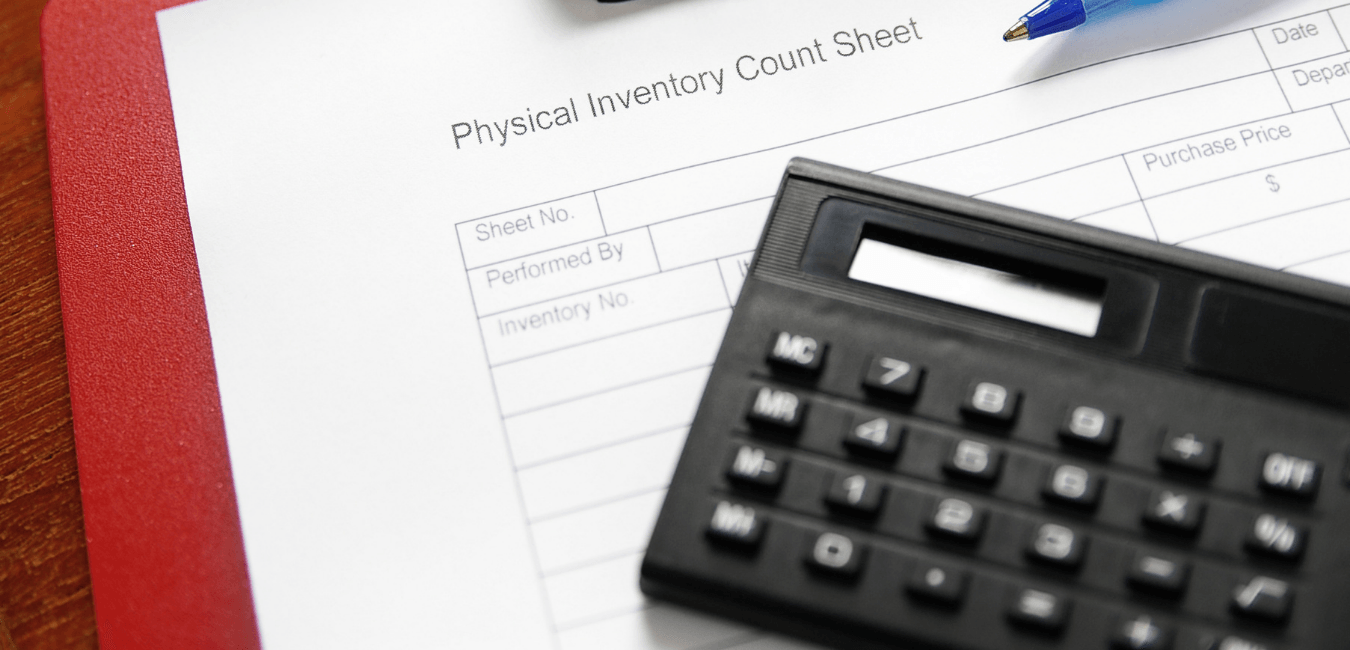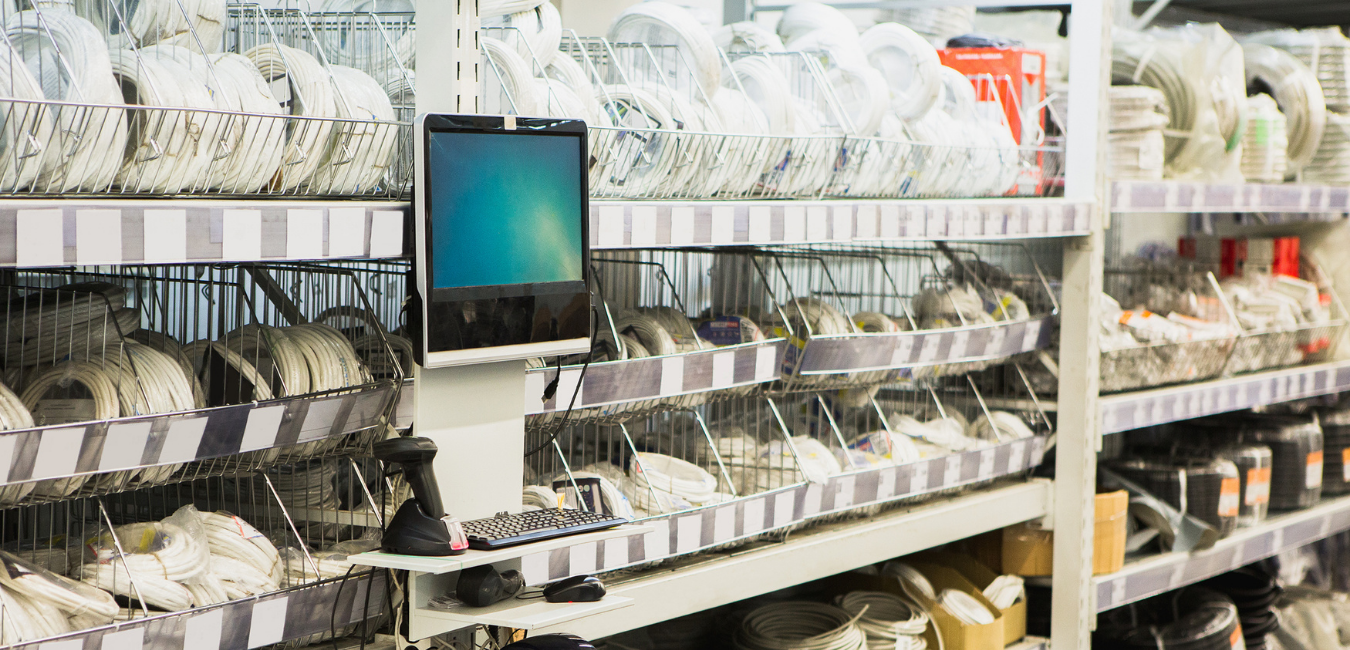A Firm Using the Perpetual Inventory System Will Update Inventory Records Continually
Perpetual Inventory System (Detailed Guide)
- By ABSS
- •
- 30 Sep, 2021
- •

A business that doesn't use a perpetual inventory system finds it challenging to track its inventory accurately. It's also time-consuming and nearly impossible to keep a correct record of large-scale transactions without automated inventory tracking systems. In this article, you'll dive into how a perpetual inventory method can help your business manage its inventory as simple as ABC.
Here's what you'll learn.
- What Is Perpetual Inventory?
- What Is a Perpetual Inventory System with an Example?
- How Does the Perpetual Inventory System Work?
- How Do I Calculate Perpetual Inventory?
- How To Set Up Your Perpetual Inventory System
- The Benefits of Having a Perpetual Inventory System in Place
- What Is the Difference Between a Perpetual Inventory System and a Periodic Inventory System?
What Is Perpetual Inventory?
Perpetual inventory system is a method of accounting that records the sale or purchase of inventory immediately through technology.
What Is a Perpetual Inventory System with an Example?
A perpetual inventory system is an inventory management method to record the stock you've received or sold in real-time. The point-of-sale systems inventory management software makes inventory recording pretty fast as they automate the entire process.
Here are more critical things to note about the perpetual inventory system.
- It's an ongoing accounting practice, unlike a periodic inventory method.
- Instant recording of inventory changes alerts you of the quantity of stock at hand. You get correct stats to make informed decisions.
- There is no need to keep a manual inventory record because the system updates every time a transaction occurs. So, your book inventory will give accurate figures about your current stock.
- Perpetual inventory systems are now popular with the retail and warehouse industries.
- Companies using material requirement planning (MRP) can also use perpetual inventory.
- It lets you minimize overstatements known as phantom inventory and understatements called missing inventory.
- Scanners and computerized point-of-sale (POS) systems are the input devices to enter perpetual inventory at the time of the transaction.
- Perpetual inventory systems perform better than periodic inventory systems in tracking inventory.
A grocery store, for example, can use a perpetual inventory system. The system will update inventory levels in your database every time scanning or purchasing an item happens.
How Does the Perpetual Inventory System Work?

It works by updating your inventory repeatedly during the sale and purchase of merchandise. Check out the step-by-step guide below on how the perpetual inventory works.
Step1: Point-of-Sale System
Perpetual inventory works with your POS system, which is hardware to make sales possible. Using barcodes or RFID (radio-frequency identification) scanners and the POS system, the system calculates your goods' prices. By doing this, it keeps your inventory counts updated, showing sold items.
The POS system registers the payment whenever a buyer pays for goods either by cash or credit card. It then issues a digital receipt for the customer.
Want to manage your stock efficiently and get reports at the point of sale in real-time? Retail Manager is a inventory management software that helps you get instant sales reports and easily track inventory from several retail outlets.
You can say goodbye to physical stock counting, which wastes your time. With Retail Manager, you can focus more on running your business and less on the company running you.
Step 2: Cost of Goods Sold Is Updated
If you need to know the cost of goods sold, a perpetual inventory system can provide you with instant figures. Every time a sale occurs in your business, the system automatically recalculates the cost of goods sold.
Step 3. Adjusts Reorder Point Automatically
Another crucial aspect of inventory management systems is knowing the reorder point, the time to restock. Thanks to the perpetual inventory system, it updates your stock as it increases or falls. As a result, when your inventory falls below a certain minimum, it alerts you to order additional merchandise.
Your business's historical data makes it easy for the perpetual inventory systems to trigger automatic updates of the reorder points. Because of this, your inventory stays at the correct levels.
Step 4: Purchase Order Automation
There's no need to manually place stock orders with a perpetual inventory system whenever you reach the reorder points. That's because the system automatically generates new purchase orders and dispatches them to your supplier.
Step 5: Warehouse Management Software
Perpetual inventory systems work together with a warehouse management system (WMS). WMS is software that makes your distribution management efficient.
When you receive inventory in your warehouse, your staff can scan the products using WMS. At the same time, the goods will show on your inventory management dashboard as ready for sale in all your distribution centers.
How Do I Calculate Perpetual Inventory?

You've got several inventory methods of calculating perpetual inventory, including FIFO, LIFO, and WAC. Let's look at each one.
1. FIFO (first-in, first-out)
With FIFO, your business calculates the value of the inventory by assuming that the first stock you purchase is the first stock sold. Whatever inventory remains at the end of your trading period shows current purchases.
See FIFO like people in a queue at a restaurant. The first person to buy is the first person to leave the eatery. Watch the video at the end to see how you can use FIFO to figure out the value of the stock.
2. LIFO (last-in, first-out)
LIFO is another accounting method that assumes that the stock you've recently bought is the first sold. Your inventory balance at the end of the accounting period indicates the oldest purchases.
An excellent example of grasping this idea is to imagine a stack of plates. To remove the first plate at the bottom, you must remove all the plates starting from the last plate. So, the first plate is the last you'll remove.
3. Weighted Average Cost (WAC) Method
WAC is an inventory valuation method and the average cost of goods sold for all your merchandise. Your average cost of goods equals the total inventory cost divided by all the number of units. Your business can also use WAC to determine the cost of goods sold and last inventory in a particular period.
Here is a detailed video showing all three accounting methods to determine the value of your inventory.
Perpetual Inventory using FIFO, LIFO, and Weighted Avg.
Factoring in Economic Order Quantity
Another thing to note about a perpetual inventory system is economic order quantity (EOQ). You can use EOQ to decide the right time to restock to reduce overstocking costs, warehousing space, logistical costs, and stockouts. The formula helps you lessen ordering and holding costs.
How to Set Up Your Perpetual Inventory System
- Create location names and label all locations where you'll store items.
- Use nouns to organize the description of your items.
- Use a consistent format and keep item identifiers (SKU's, part numbers, etc..) short.
- If you use units of measure, format them consistently and use them properly.
- Begin an in-depth count of all your items, their positions, and any other essential inventory data.
- Make use of inventory management software like ABSS. That's because written lists or spreadsheets can make it more challenging to track inventory.
- Develop robust inventory management policies and train your staff to stick to them.
The Benefits of Having a Perpetual Inventory System in Place

Centralized Inventory system
A perpetual system can help manage your stock in multiple warehouses at one central point. You can track inventory movement at any location at all times.
Savings Are Possible
You don't need to close up the shop to conduct a physical count of inventories. It becomes easy to forecast stock by using data from scanned barcodes. Also, there are limited physical inventory counts.
Records Data in Real-Time
A perpetual system provides you with essential data for decision-making. That's because a perpetual inventory automatically updates all the stock movements, including sales, returns, discounts, etc. With this valuable info, you can select suppliers and inventory.
Records Accurate Accounting Information
A periodic inventory gives you only the COSG figure when counting your inventory physically. But a perpetual inventory system automatically updates your inventory whenever you sell a product. As a result, you'll have the correct details of your inventory.
Inventory Monitoring Becomes Easy
It becomes as easy as ABC to monitor inventory changes in your supply chain with a perpetual inventory system. Because of this, you can identify any bottlenecks in your processes and find ways to fix them.
Reduces Inventory Management Costs
Real-time updates lead to efficient inventory management, resulting in decreasing inventory holding or storage costs. You can also control and reduce inventory replenishment. Automated processes mean that you don't need a lot of manual intervention, saving you labor costs.
Calculates End-of-Year Inventory Balance
At the end of your trading period, it's critical to have correct inventory figures. A perpetual inventory system can give you those accurate numbers since it continuously renews your inventory every time a transaction happens.
Makes Correct Demand Forecasts
Perpetual inventory simplifies your demand forecasting. You can rely on historical inventory and sales to predict your future sales cycles. As a result, you can avoid understocking when there's a rise in demand, like the festive season.
Also, you can minimize inventory shrinkage due to bad demand forecasting. Inventory shrinkage is when you have fewer items than the current records on your inventory list. A perpetual system fixes this problem by giving you a correct record of your stock's present and past results.
Uncovers Variances
If you blend a perpetual inventory system with physical stock counts, you can discover and fix differences. Detailed entries can help your business investigate repetitive counting mistakes and internal theft.
What Is the Difference Between a Perpetual Inventory System and a Periodic Inventory System?
Here are the differences between a perpetual inventory system and a periodic inventory system.
Tools and Processes
Perpetual and periodic systems are different in the way your workers will record inventory. With a perpetual system, employees have to monitor your stock or products at all times. But in a periodic system, they record inventory at selected times.
When using a periodic system, you'll have to depend on your employees to audit stock regularly to keep it updated. As a result, there's physical counting of stored inventory and comparing the info with your sales data to see any mismatch. If you're handling massive stock volumes, an inventory count is time-consuming and challenging.
Keeping Your Accounts Updated
A perpetual system keeps the general ledger, and the inventory ledger updated every time a transaction occurs. However, general ledger updates only happen when you physically count your inventory in a periodic system. Inventory information isn't up to date.
Inventory Count
A periodic inventory system forces your business to stop operations when you carry out an inventory count. There's no need to close up shop with a perpetual inventory accounting system because of automated processes.
Calculating Cost of Goods Sold (COGS)
You can get the cost of goods sold there and then under a perpetual system because the software automatically tracks every transaction. But a periodic inventory system calculates COGS after a physical inventory count. Because of this, you can't have COSG before the accounting period ends.
Record Transactions
Since a perpetual system relies on software, your business can't manually keep records. On the other hand, a periodic system doesn't need software as all your inventory management depends on manual labor. It's possible to keep tabs on the inventory through human intervention.
Cycle Counting/ Sampling
Under a perpetual inventory system, your company can use cycle counting. Cycle counting means you count some of your inventory at specific times, finishing the rest over time. You don't do an inventory count at once. However, it's not possible to use cycle counting or sampling in a periodic inventory system.
Recording Purchases
With a perpetual system, you enter purchases into the raw materials inventory account. But through a periodic inventory system, you record your purchases in the asset account. You also don't show inventory units.
Detecting Inventory errors
One more difference is that a perpetual system gives detailed transactions. As a result, it's easy to detect any errors in the inventory. In contrast, a periodic system makes it challenging to identify inventory errors.
Potential Users
Periodic inventory systems are ideal for small businesses. But businesses with huge sales volume and many retail outlets, such as pharmacies or grocery stores, can use perpetual inventory systems.
Summary
A perpetual inventory system depends on inventory management software and input devices, such as the point-of-sale system and barcode scanners. Because of this, it automates your whole inventory management process from purchases to sales. You can use a perpetual inventory system because it benefits more than a periodic inventory system.
Need inventory management software? At ABSS, we're here to help you with the right software, letting you focus more on managing your business. ABSS-formerly MYOB is a local, reliable brand that many companies in Singapore have trusted since 1990. That's because, at ABSS, you're always first as we constantly research and update our accounting software to meet your current business needs. Check out ABSS inventory management software today!
Source: https://sg.abssasia.com/perpetual-inventory-system
0 Response to "A Firm Using the Perpetual Inventory System Will Update Inventory Records Continually"
Post a Comment